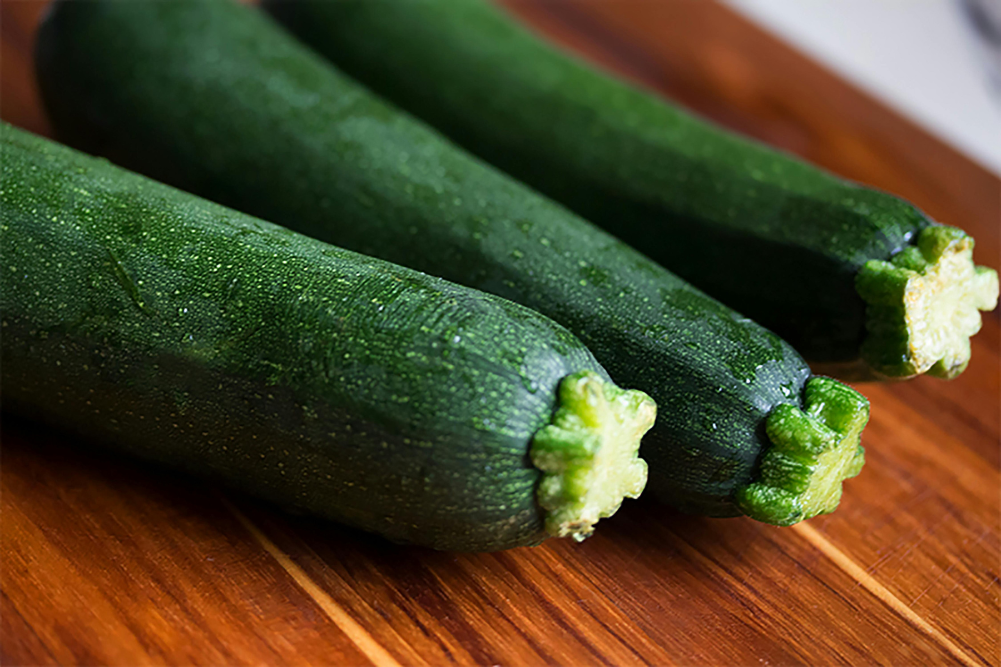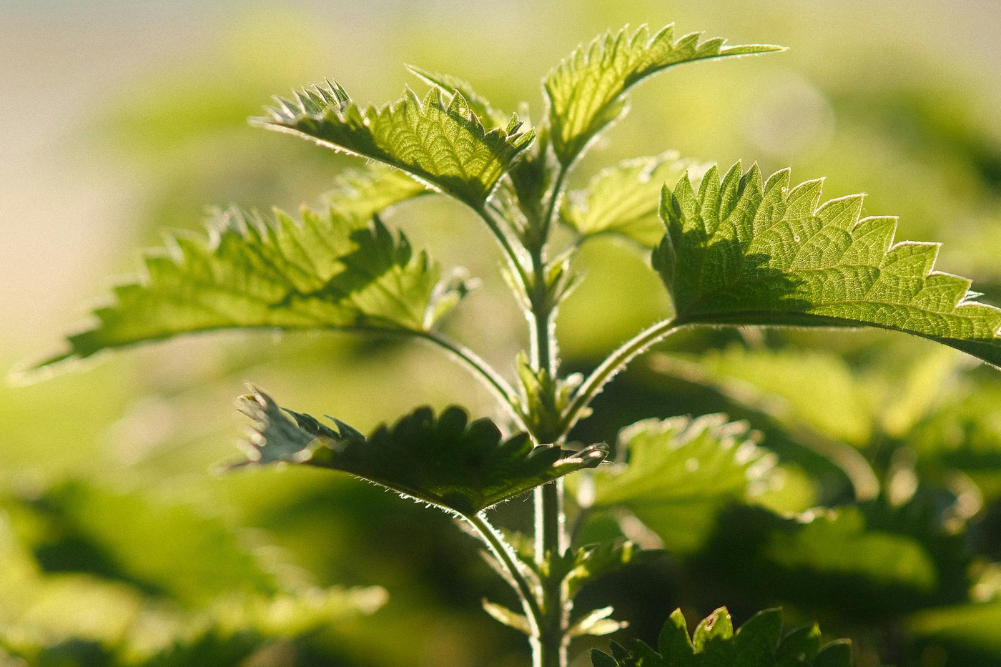Create eco home interiors that are unique to your style
I’ve been interested in sustainability and sustainable or environmentally friendly architecture and eco interior design for more than 30 years. To me, the concept of conserving resources and using them in a responsible manner just makes sense.
During this time, there have been many important developments, creating even more opportunities to choose environmentally friendly products and services. So, while the principles of environmentally sustainable design (ESD) haven’t really changed, the range of products and services certainly has, making it easier for homeowners to choose to “go green”.
In Australia and New Zealand we have an enviable quality of life compared to many countries. We have access to many natural resources, which we need to manage responsibly to ensure they last for future generations. Reducing the amount of waste you generate is one way to help preserve our resources.
In the Australian instance, according to the Australian Bureau of Statistics, more than 53 million tonnes of waste is thrown away each year, much of which ends up in landfill. That’s around nineteen 120L wheelie bins per person! This is second only to the US. In New Zealand, the figure is proportionally lower according to population, but still more than 3.2 million tonnes of waste goes every year into landfill.
We all need to play our part and recycle as much as possible to reduce the amount of waste we create and the environmental harm caused by our actions. By choosing more sustainable goods and services that put less strain on resources and creates less waste, you will not only be doing yourself and your family good, you will be helping others and the environment.
One way you can reduce waste and use less of our non-renewable resources is by incorporating eco-friendly, sustainable interiors in your home.
What is sustainable interior design?
Sustainable eco interior design means designing interiors that are made to last. Using environmentally sustainable materials and manufacturing methods that don’t impact negatively on our environment or us has a number of benefits. It not only encourages long-term use, but intelligent, responsible design also provides healthier spaces and connects people with the natural environment.
All interiors should be designed in a timeless manner, whatever your taste. Avoiding short-term trends will give you interiors of enduring style that never look dated.
As the late Coco Chanel said, “Fashion fades; only style remains the same.”
Why do you need it?
For longevity. Buying products that don’t need to be replaced every few years places less strain on current resources, conserving them for the enjoyment of future generations.
For health & comfort. You can improve your health, comfort and enjoyment with better thermal qualities, using passive design principles. You can also improve indoor air quality by using products with low or no volatile organic compounds (VOCs) and provide a greater connection to the natural environment by using eco-friendly products.
For economy. By buying better-quality, longer-lasting items and employing passive-solar design principles, you can save on energy bills and save money.
Sales potential. There is a growing trend among a number of real estate agents to give homes for sale an “eco” rating in order to inform potential buyers about the house they are considering buying. By improving a building’s ambience, functionality, energy use and maintenance, you may increase its future sales potential.
How do you get it?
One of the first things to do when creating your eco interior design is to decide what you will purchase from new, renewable sources and/or from existing products by upcycling and/or recycling.
If you’re interested in upcycling or recycling, you can visit stores that specialise in recycled materials such as windows and doors, fireplaces, bricks, tiles, roof sheeting, baths, hand basins and furniture and furnishings. Just look online to find your nearest location. You’ll be amazed at what you can find.
Avoiding short-term trends will give you interiors of enduring style that never look dated.
However, not all products need to be recycled and your interiors do not need to look like historical relics or “hippie” dwellings. If your look is more contemporary and you just have to have new, you’ll find there’s a wide range of new products available, both locally made and imported, that are manufactured using sustainable materials and practices.
When sourcing new products and materials, ensure you consider not only the manufacturer’s green credentials but also the lifecycle of the product and where it was manufactured.
While some products may appear more expensive in the first instance, it’s important to weigh up the costs vs benefits. These are durability, longevity, sustainability, maintenance and health advantages.
How do you find your style?
Read magazines
Magazines provide a wealth of information and advice on products and services along with case studies by design professionals.
Surf the internet
Websites are such an invaluable resource for researching ideas, products, suppliers, architects and designers.
Read books
Many books are written on the subject of sustainable design and living.
Visit showrooms
Seek out showrooms and suppliers with green credentials.
Make mood boards
Create a mood board from all the things you love. This will give you the basis of your preferences and a place from which to move forward.
Seek professional assistance
Interior designers are trained professionals who can help you find your style and provide ideas, products and solutions you may not have thought about and which may not be readily available to the general public. They can often save you money, as any outlay on their services can often be recouped by the savings they can provide on products and getting the design right the first time.
Making a mood board
Creating a mood board can be one of the most fun and interesting parts of the eco interior design process. The mood board is what interior designers and decorators make when preparing a new design. It gives you a tangible feel for what you want to create.
In simple terms, your mood board ideas consist of everything you like and dream about. To get started making your mood board, collect images of things you like and admire. Then assemble everything you’ve collected onto a board, preferably a large A3-size board.
The mood board is your visual reference that acts as a guide to keep you on track with your design and eventual outcome.
Once you have created the board, step back and look at it. What colours dominate? What styles are present? These are the colours and styles you want to employ in your eco interior design. These are the things you like; it’s your home, after all.
How do you create your style?
There are many different styles you can create. Here are some ideas:
Antique & vintage pieces
Quality antique and vintage furniture that has been well cared for or restored can look as beautiful and timeless as the day it was originally created.
Upcycled flea market finds
You’d be amazed at what people throw out and you can save thousands of dollars by collecting and cleaning up these pieces yourself or by having them professionally restored. Remember, one man’s trash is another man’s treasure!
Contemporary furniture & furnishings
Look for companies and brands with green credentials that are manufacturing modern pieces with responsible materials and manufacturing methods.
Green materials, systems & strategies
Environmentally sustainable design strategies include passive-solar design such as ideal site orientation, radiant heat and geothermal cooling, heat-resistant exterior finishes and glass, sustainable materials, energy-efficient appliances, water-saving taps and toilets, and eco-friendly furniture and furnishings.
What products can you use?
Many designers create exciting new products from waste materials such as glass and ceramics, used tyres, seatbelts, soft-drink bottles, timber offcuts, cardboard, paper and textile offcuts, and industrial waste.
Eco design also uses new sustainable materials and production techniques, including FSC-certified (Forest Stewardship Council-certified) timber; fabrics and rugs made from hemp, thistle, bamboo, organic cotton and wool; low- or no-VOC paints, glues and finishes; natural linoleum flooring; rubber, cork, wool or fleece for carpets and carpet tiles.
When sourcing new products and materials, ensure you consider not only the manufacturer’s green credentials but also the lifecycle of the product and where it was manufactured.
Use hemp for soft furnishings. Hemp is an ideal material for furnishing fabrics and many other interior products. Producing four crops a year, with low water requirements and no chemicals, hemp is strong, durable, naturally antibacterial and has many uses including for building materials, bed linen and furnishings, personal care products, clothes and food.
Choose wool or fleece for carpets. It’s a 100 per cent natural fibre from a renewable resource. It’s less wasteful in manufacturing than nylon carpet, naturally soil-resistant, uses no harmful VOCs and has superior looks and long-term durability. Wool carpet tiles reduce waste as it’s easy to replace one tile if damaged and, when moving house, you can even take them with you.
Timber flooring from FSC sources is ethical, renewable, warm, durable and beautiful. Available in many species and colours, natural timber is an excellent, long-term choice.
Cork floors have come a long way since they were first released to the market. Cork is a renewable material with superior durability, and is available in a range of colours and finishes. Cork tiles are hard-wearing, soft underfoot, warm and sound-absorbent.
All-natural linoleum is made from linseed oil, recycled wood flour, cork dust and limestone. It is renewable, durable, biodegradable, low maintenance and available in a range of colours and designs.
Many paints can be harmful to the environment and your health through off-gassing, which can continue for many years, so look for paints with low or no VOC (volatile organic compounds).
Product selection & lifecycle analysis
When buying products, look for certification such as GECA, Green Tag, FSC and Fairtrade. Not all products will have certification, so ask the supplier or manufacturer about their green credentials and those of the products and supply chain used in bringing them to market.
Another consideration is the lifecycle analysis of products (from cradle to grave or, more appropriately, from cradle to cradle), which assesses the environmental impact associated with each stage of a product’s life, from initial material extraction to processing, manufacture, distribution, use, repair and maintenance, and ultimate disposal or, more importantly, recycling.
Product stewardship & manufacturer responsibility
Product stewardship refers to a manufacturer taking responsibility for the lifecycle of the product they produce from “cradle to cradle”, reducing the impact of the product on the environment. It includes:
- Refurbishment of the product for possible reuse by the existing customer or on-selling/remarketing to new customers
- On-selling or donation of the product in existing condition to other commercial businesses or organisations
- Disassembly of the product components and/or materials to reuse in new product manufacturing
Source: Corporate Cult Furniture
Benefits of choosing eco-friendly, responsible eco interior design practices
- Environmental benefits: low impact on people and the environment
- Economic benefits: energy conservation, low maintenance, longer life and potential sales value
- Health benefits: greater thermal comfort, better aesthetic and material quality, improved air quality and connection to nature
- Social benefits: reduced strain on infrastructure, healthier eco systems, reduced use of natural resources, improved quality of life
By creating beautiful, energy- and resource-efficient houses and interiors unique to your style that are light-filled, comfortable, durable, sustainable and healthy, you will be contributing to less environmental pollution, gaining a deeper connection to nature and a greater return on your investment.
With beautiful results such as these, why would you choose to decorate any other way?








